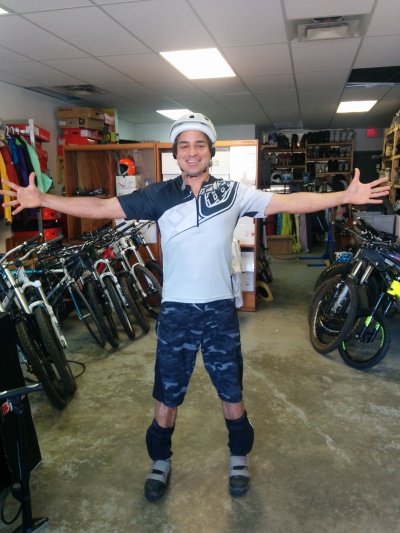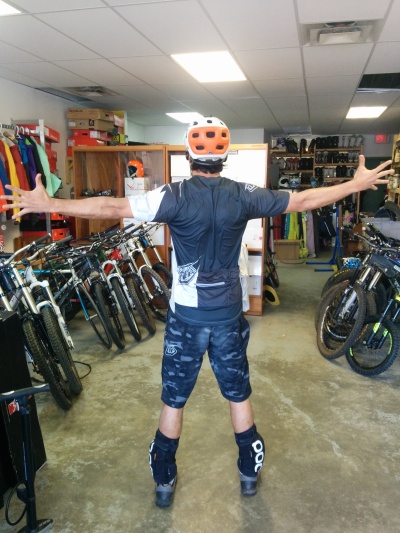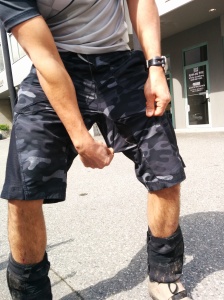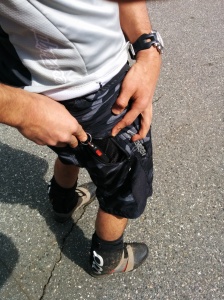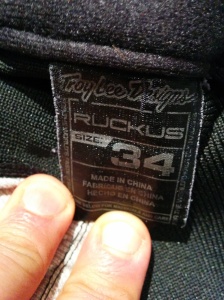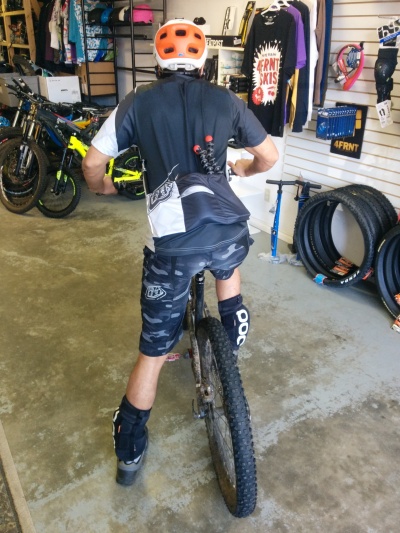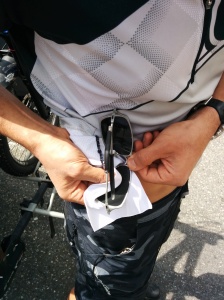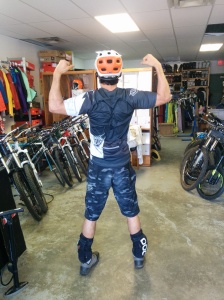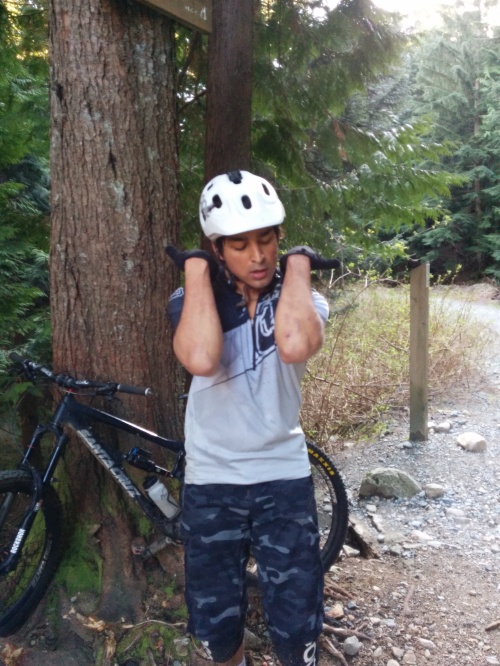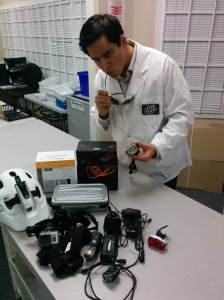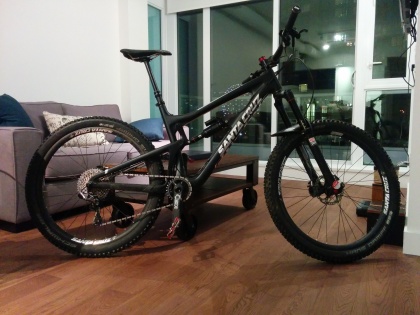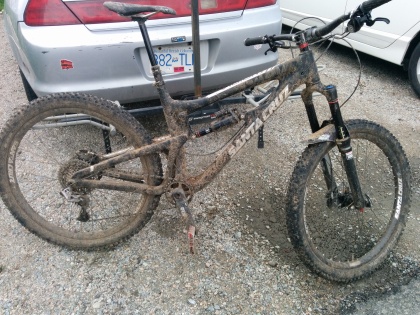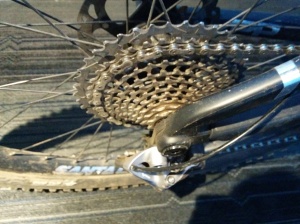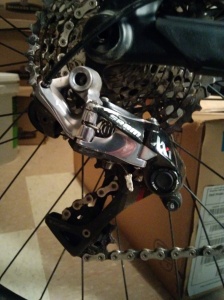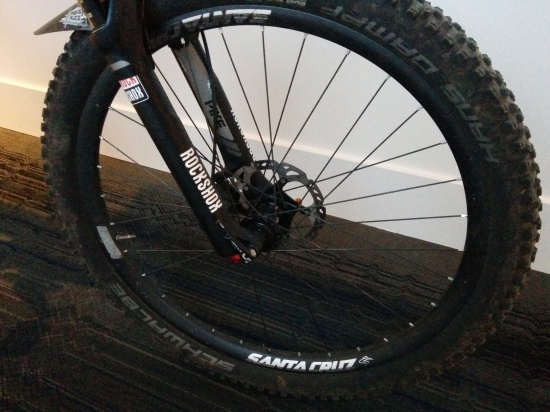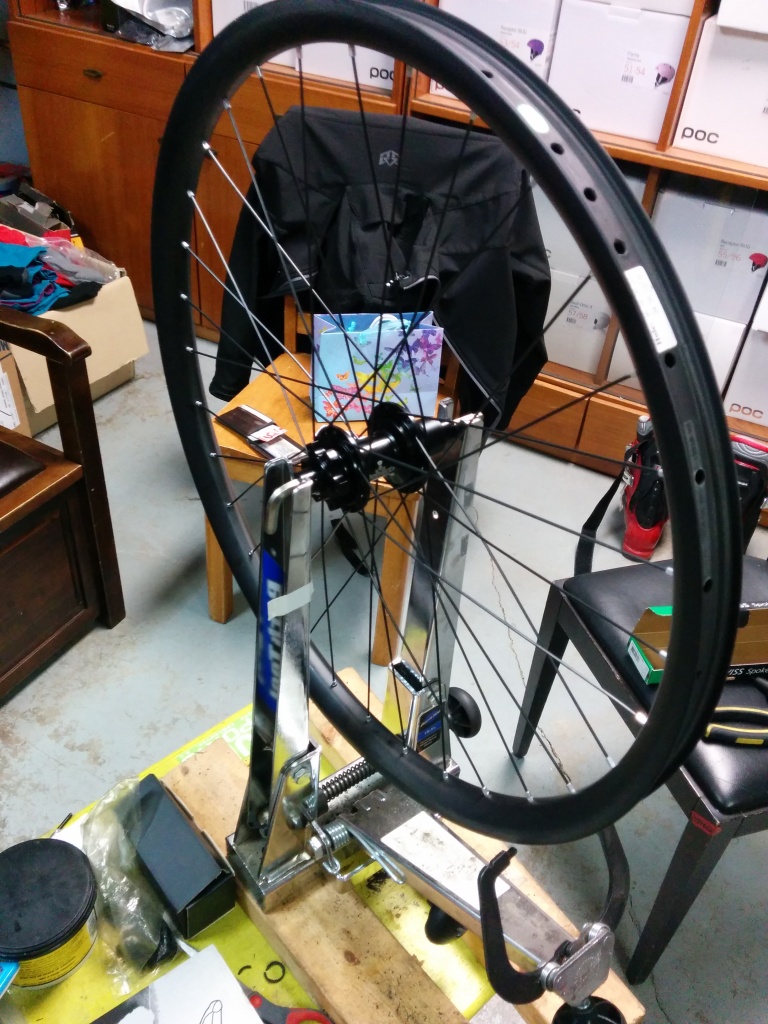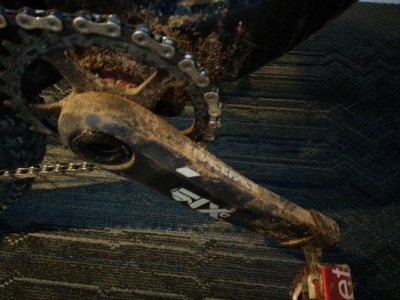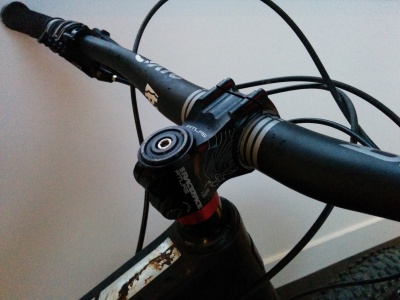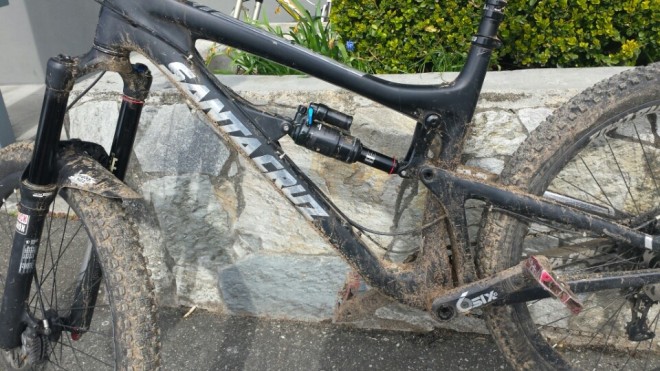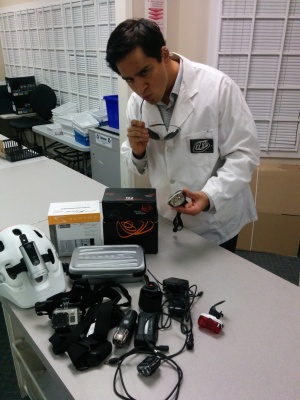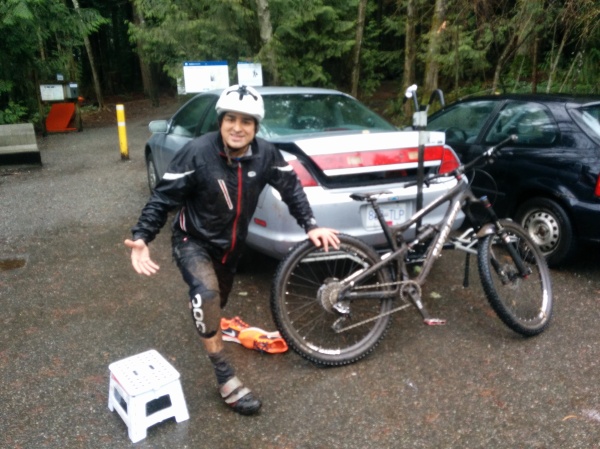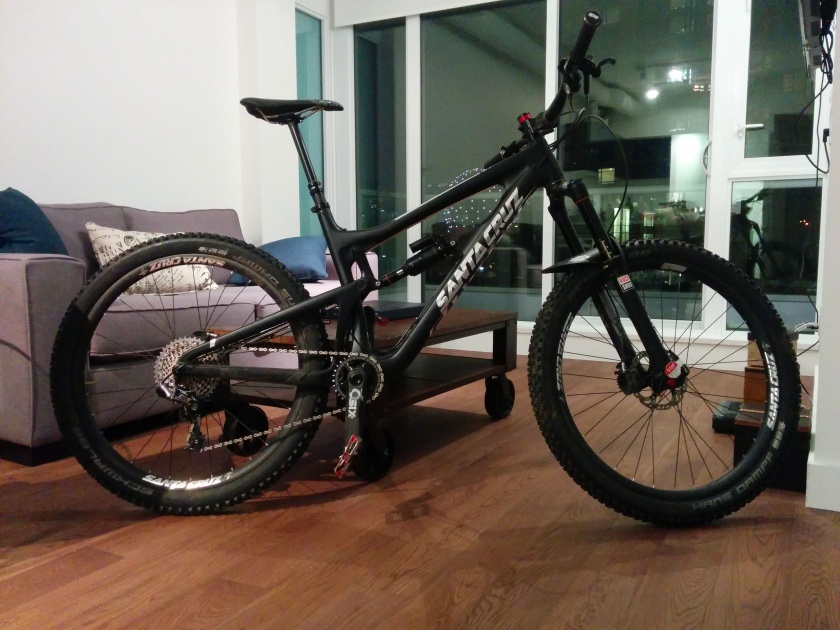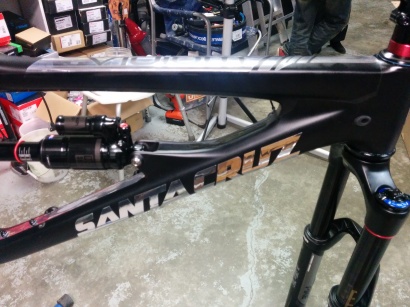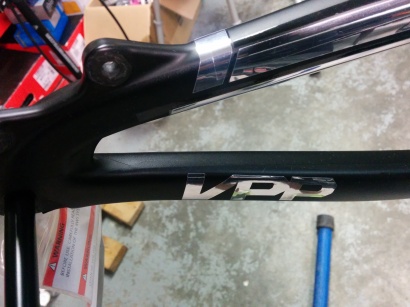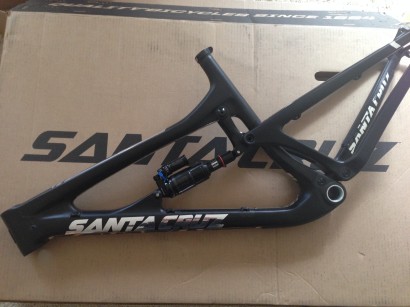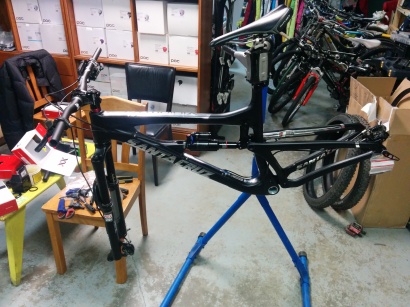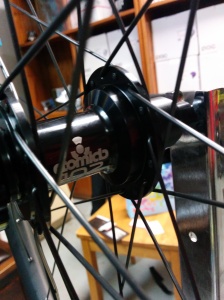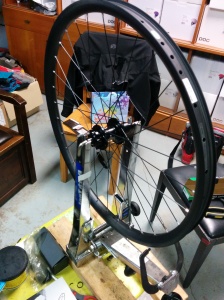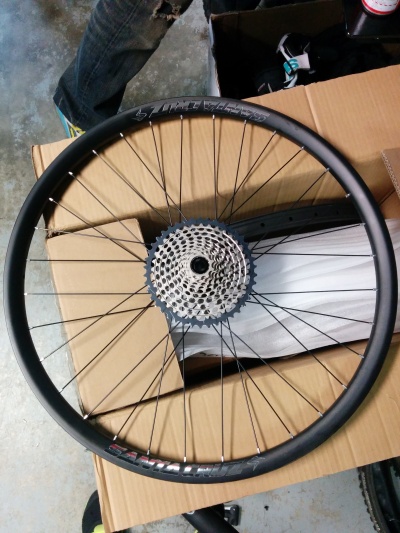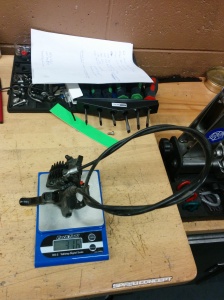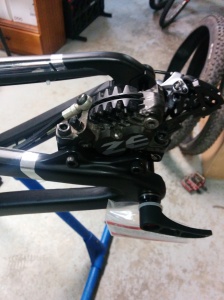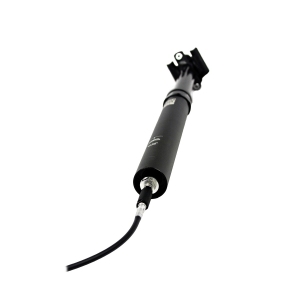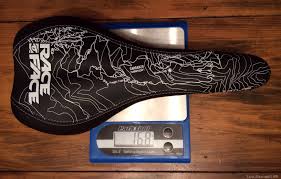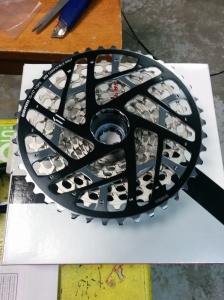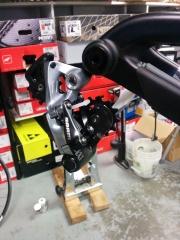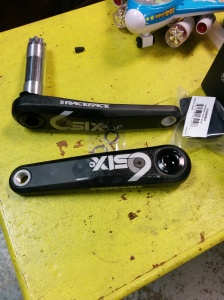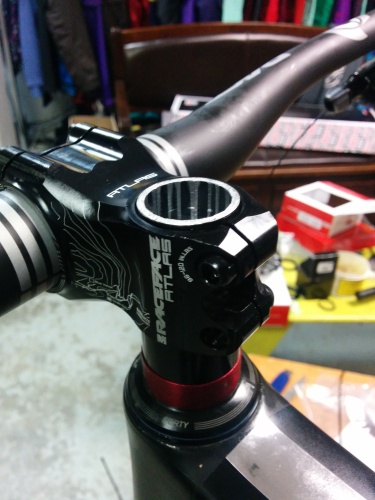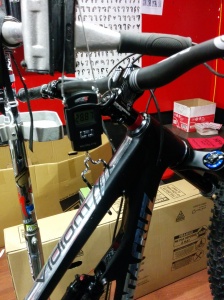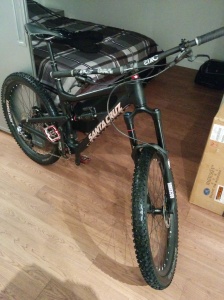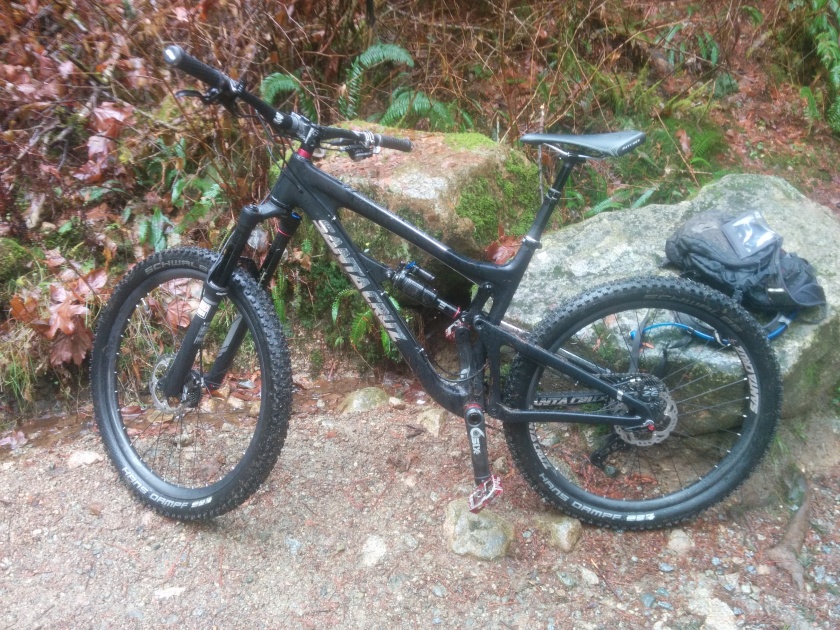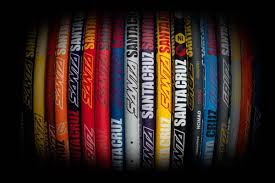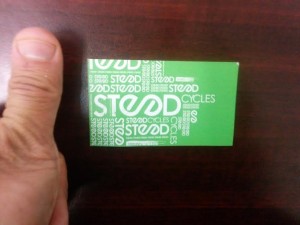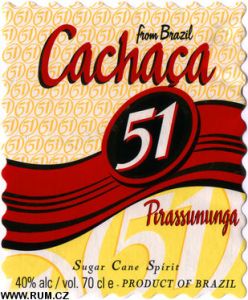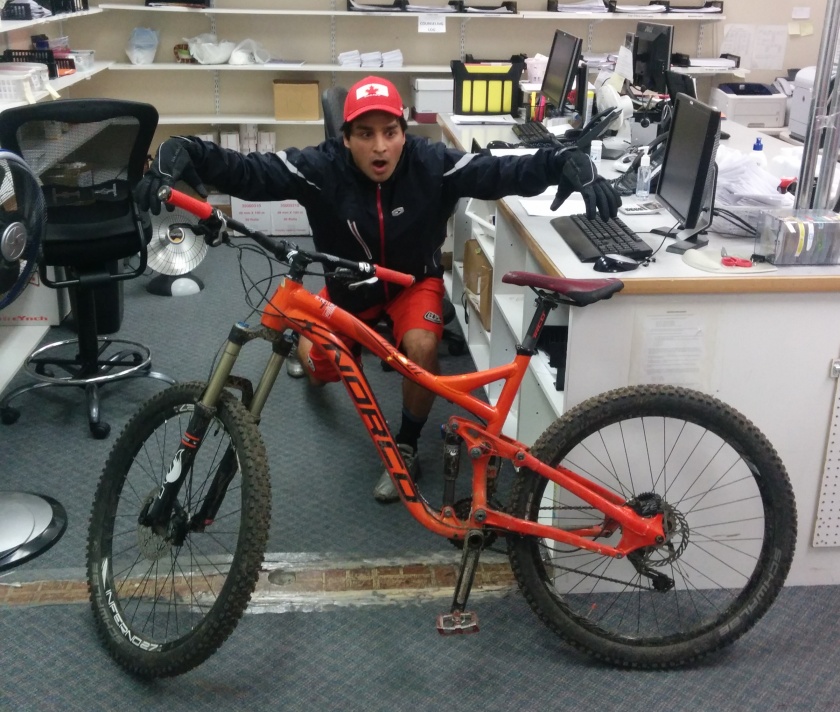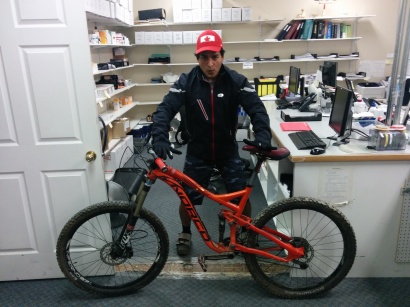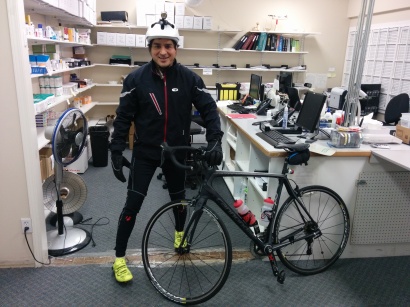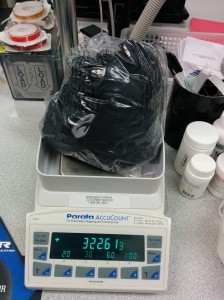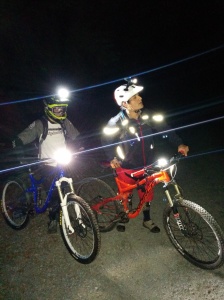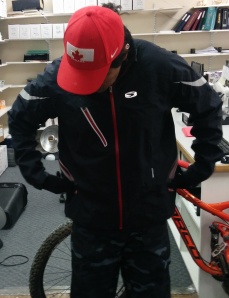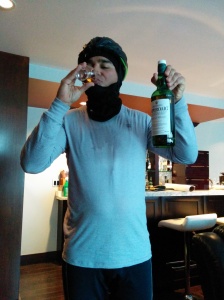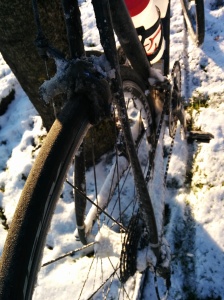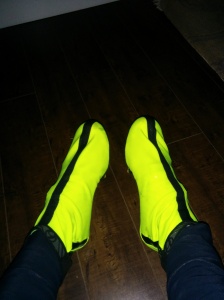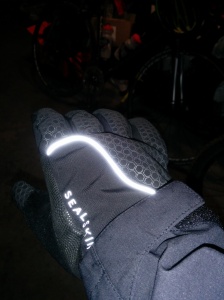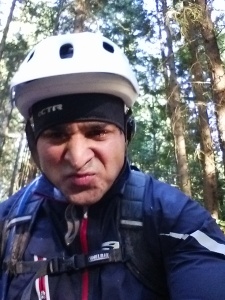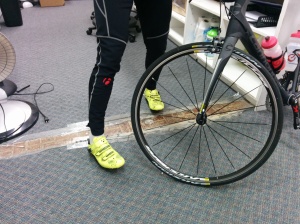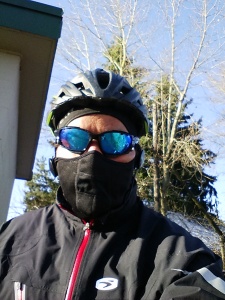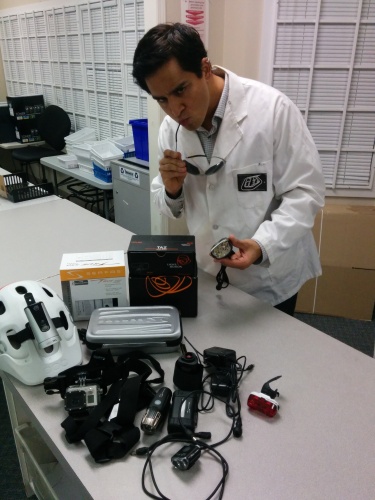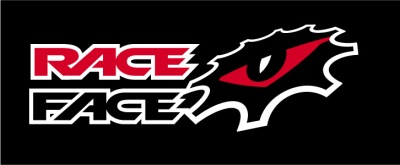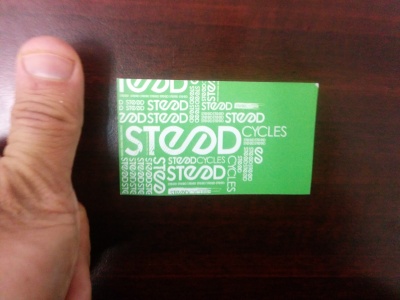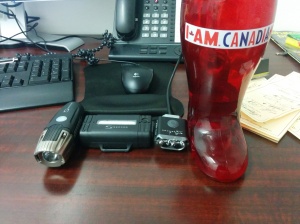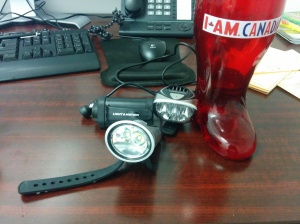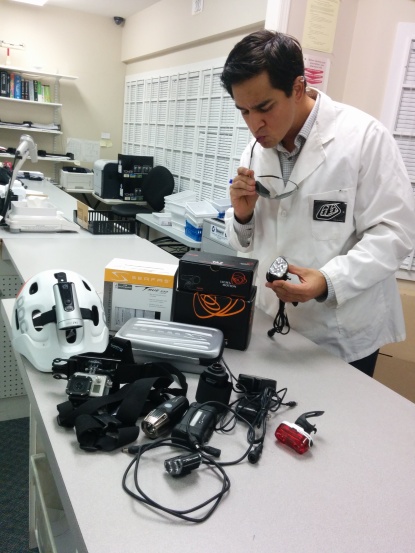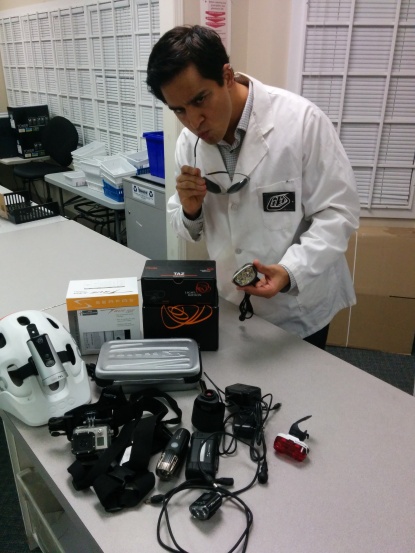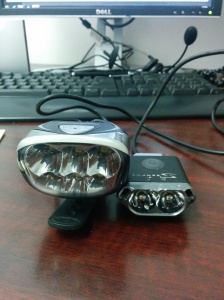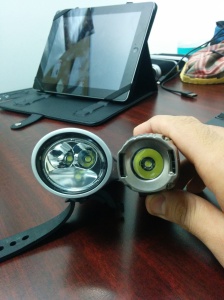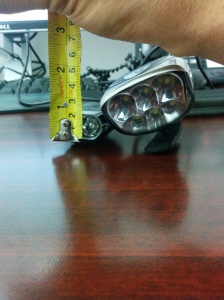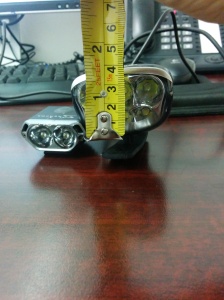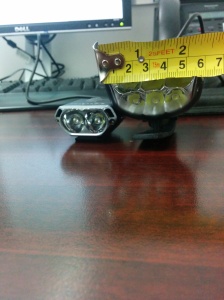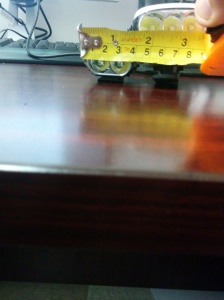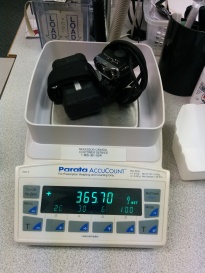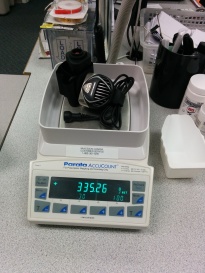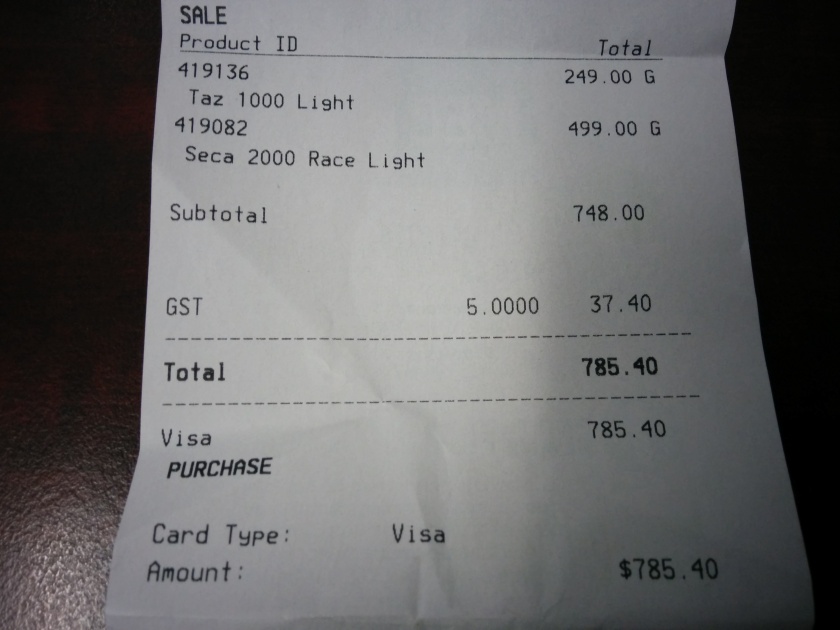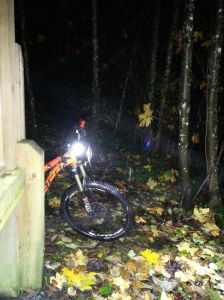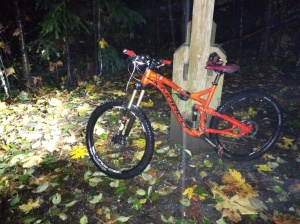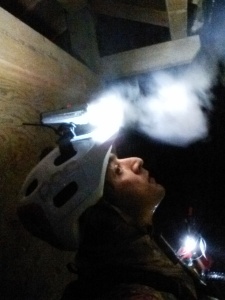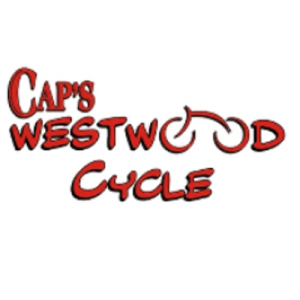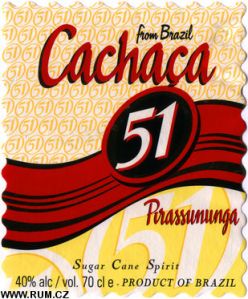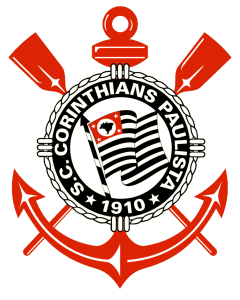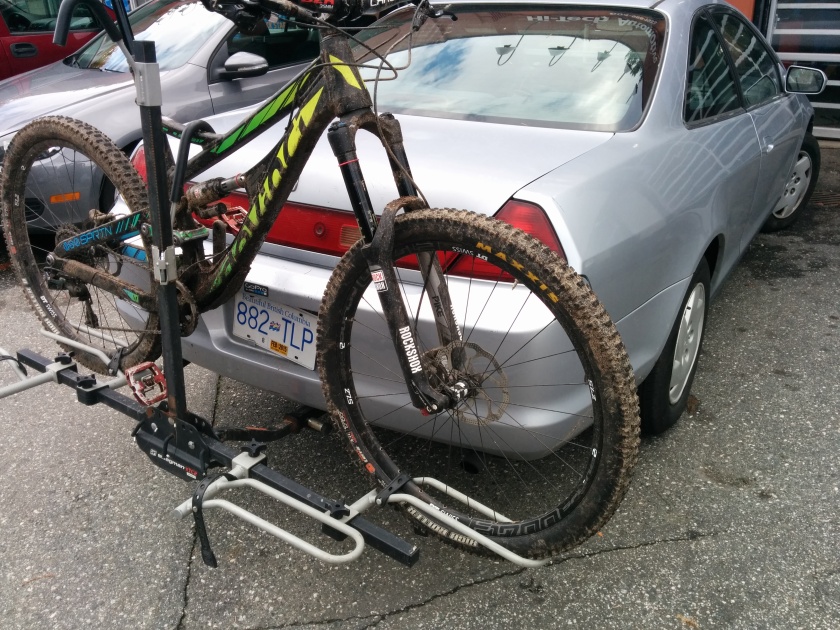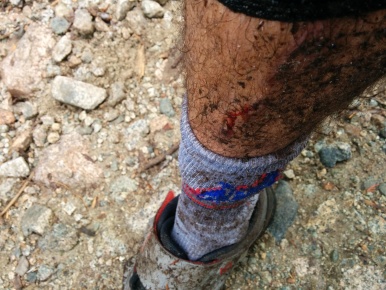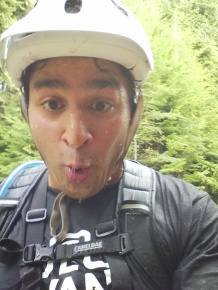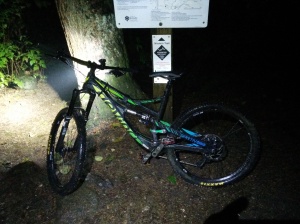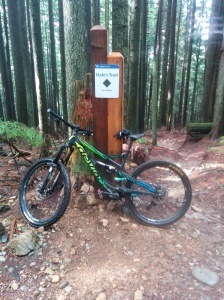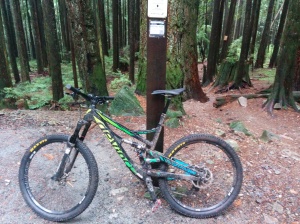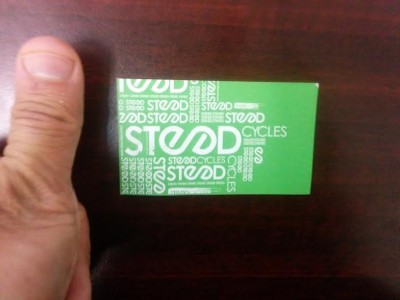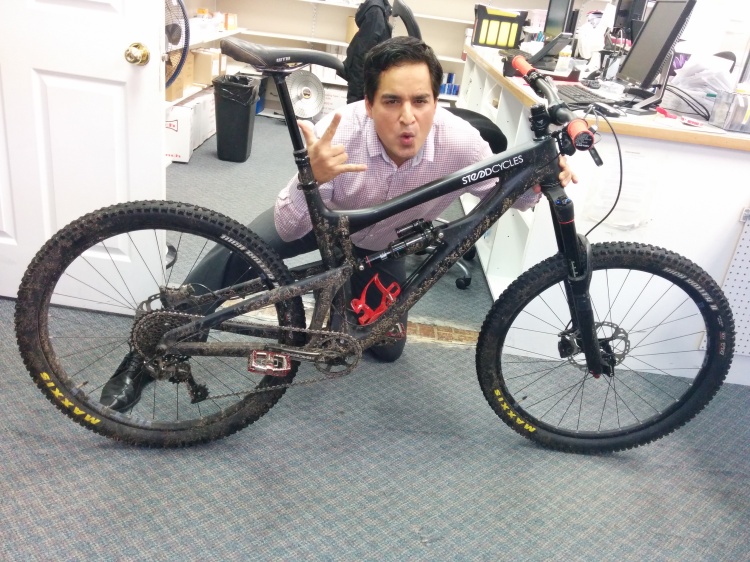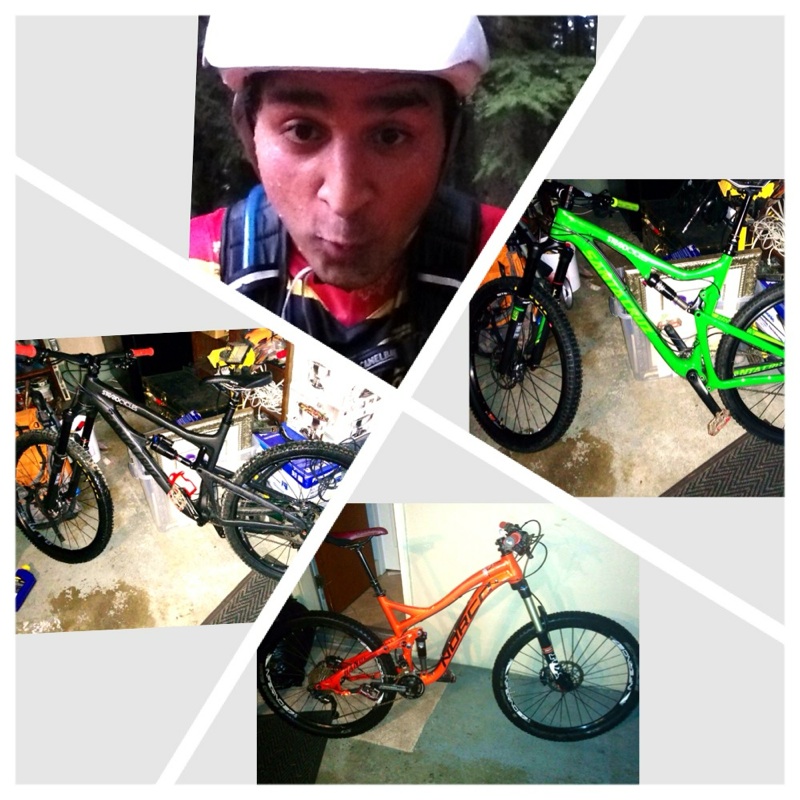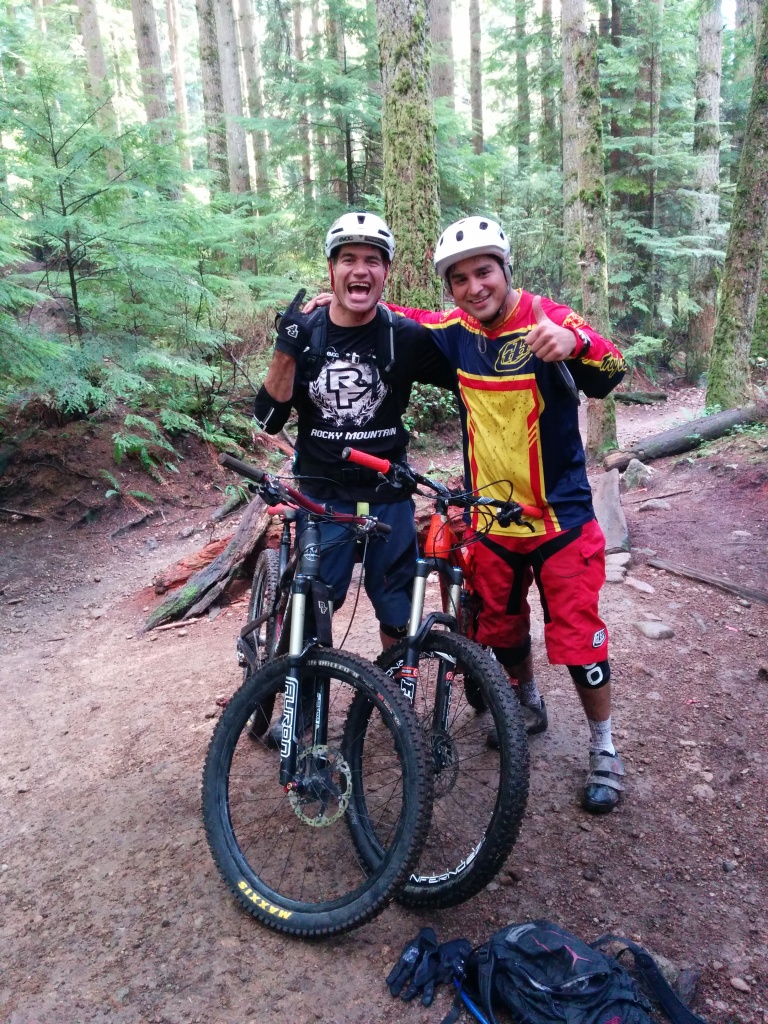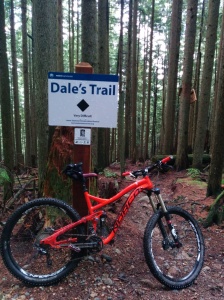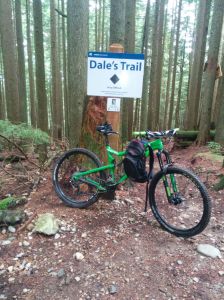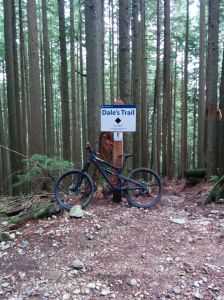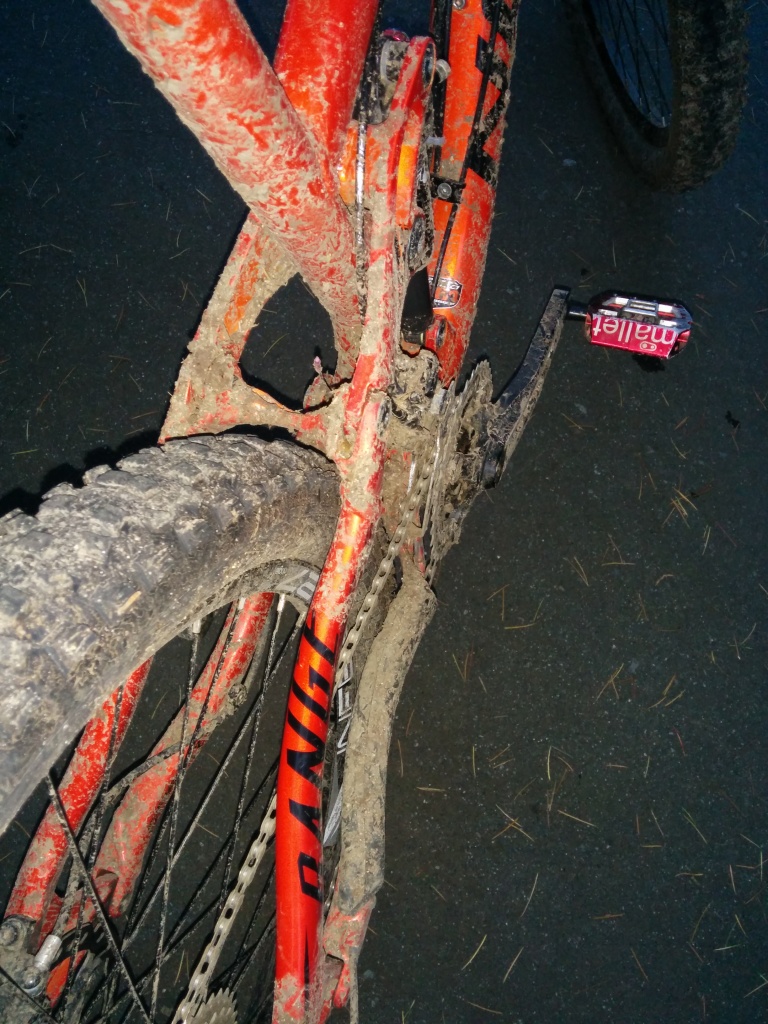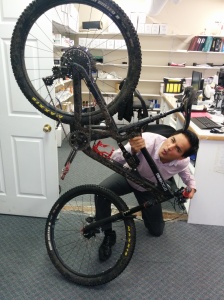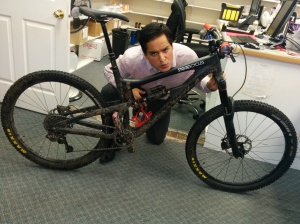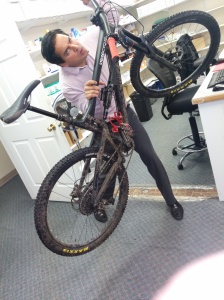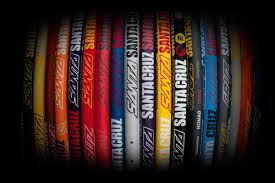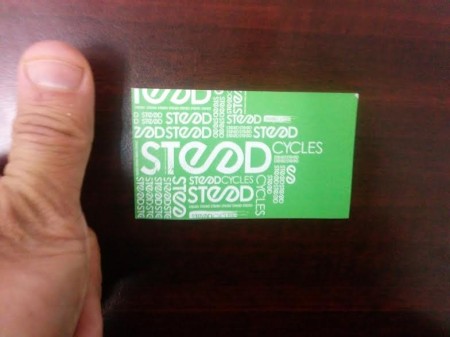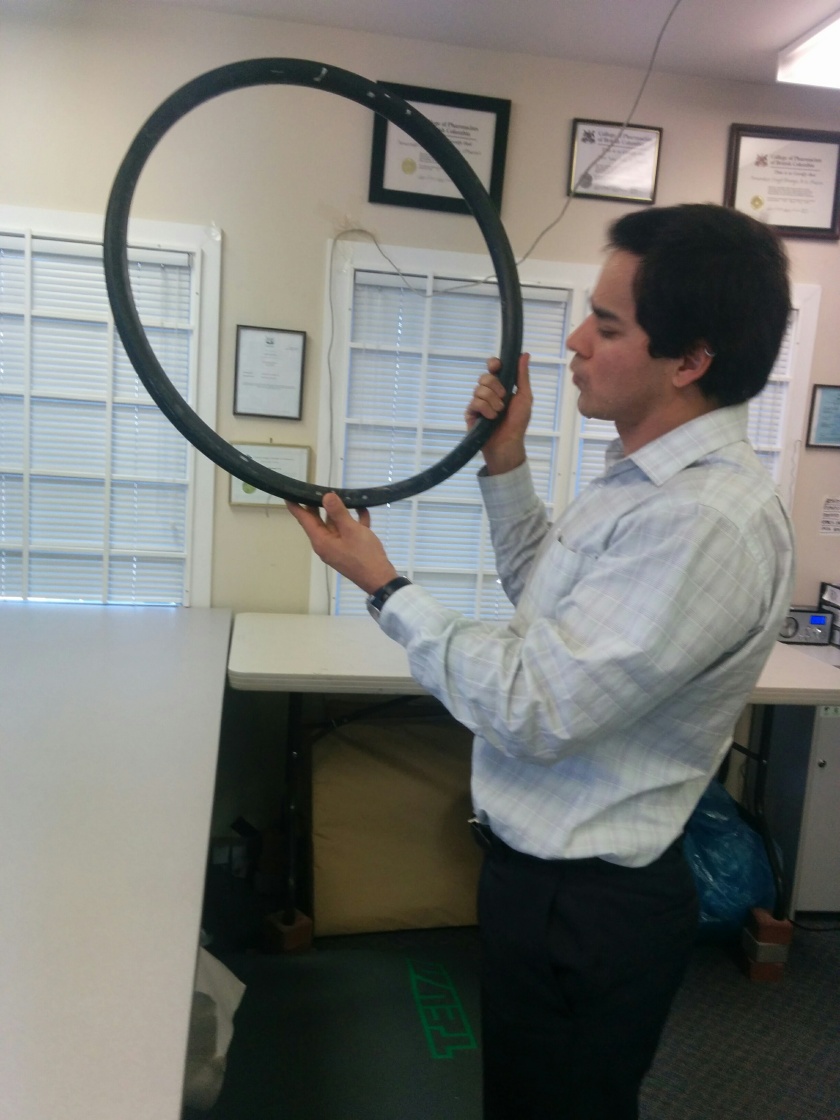
The author closely examining a Carbon rim from Light Bicycle.
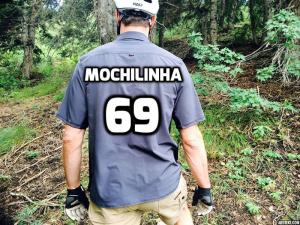
Eu dedico esse artigo pros mochilinhas no Brasil que sabem de tudo menos pedalar.
In this review, I will give my opinion about the advantages and disadvantages of carbon rims based on my experiences riding with both alloy and carbon rims for the past year. I don’t want to get into too many technical details regarding force impact testing, setup, etc. I wish to convey the advantages and disadvantages of each type of wheelset in laymans terms to help the consumer make a more informed decision.
Most people assume that spending more money on bike parts will make you a better rider and will leave the bike feeling more comfortable. I rode for 1 year with a Carbon wheelset, switched to an alloy wheelset for 2 weeks and then back to the Carbon wheelset. Below I will outline what I liked/disliked about each wheelset as well as the advantages and disadvantages of each wheelset. During this testing period, I rode the Light Bicycle HD rims hard for 1 year. I rode them mainly on the North Shore along with the Whistler Valley enduro trails consistently at least 2-3 times per week. If I had to place an exact number, I would say I climbed and descended at least 2000-3000 meters per week each week for the whole year. I rode in all conditions ranging from dusty and dry to snowy and wet. I would describe myself as an intermediate rider who is slowly progressing to an advanced level. During this year, I rode mainly technical rooty and rocky terrain and subject the Carbon rims to various cased jumps due to error and intentionally with the Alloy wheelset to get a feeling for the differences between each wheelset.
My Experiences
Alloy (Stan’s ZTR Flow)
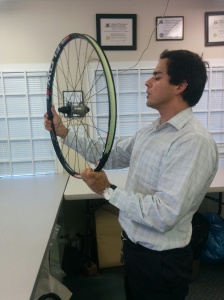
The author closely examining his Alloy Stan’s rim with I9 hub.
After riding solely with a Light Bicycle wheelset for over 1 year, I swapped back to an alloy Stan’s wheelset. Upon climbing, I noticed the change immediately. I was more sluggish and I didn’t feel optimal power transfer like I would have with the Carbon Wheelset. However, upon the descent I was pleasantly surprised. Descending on the Alloy wheelset felt like I was on a recently tuned suspension. It felt extremely comfortable and soft and I was getting good feedback from the terrain. The flex caused by the rider weight and speed essentially leaves a larger amount of the rims footprint for aluminum rims. This transfers to a softer ride as well as more braking. The carbon rim on the other hand, even if you get the wheelbuilder to build it a bit softer, still leaves for a stiff feeling rim that won’t contort to the ground like aluminum rims. To observe this, you can press down with about 1/3rd or 1/4 of your body weight on both types of rims without the attached hubs or spokes. You’ll quickly observe the stiffness of the carbon rim and the flex permitted by the aluminum rims. I would best describe the Aluminum rim ride as a soft plush comfortable ride. Even when I cased some jumps intentionally, I never got that stiff thud that I would have gotten when I had mistakenly cased jumps with my Carbon wheelset.
Carbon (Light Bicycle)
The first thing I noticed when I went back to the Carbon rims after testing the Alloy rims was the speed that this wheelset was able to carry. On my descents, I noticed I was rolling a lot faster. Initially, I thought that I had pumped my tire pressure up a lot higher and was able to maintain a higher rolling speed. The stiffness of the wheelset also has a slight downside, its not as comfortable and plush a feeling as you get with the alloy wheelset. It will definitely take some getting use to especially the first couple times that you ride. The stiffness of the rim (not allowing any flex) is transferred directly to your body and initially it feels like you’ve been jolted around after a ride. However, this stiffness has 1 big advantage and that is acceleration. On my descents often after railing a berm and entering a pedal section of the trail, I can add a couple of powerful pedal strokes that continues my speed after the braking into the berm. A couple of my riding friends did mention to me that I was riding faster after they seen me on the Carbon rims.
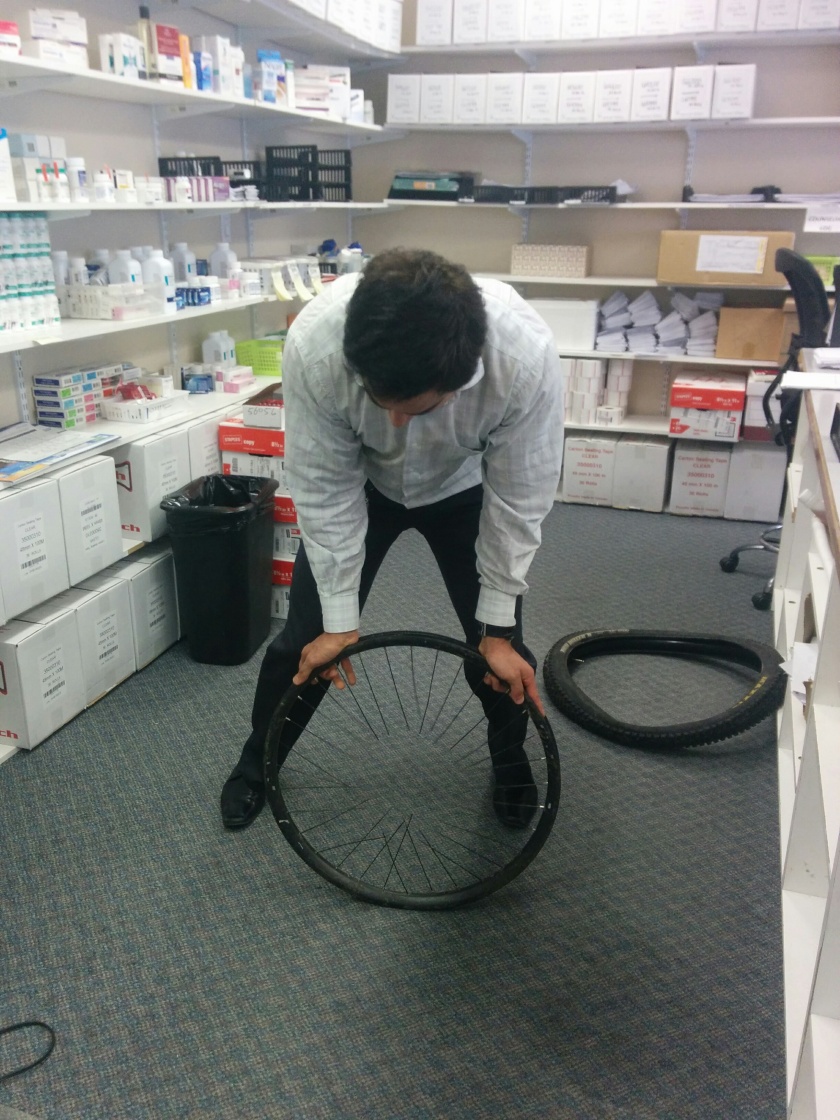
The biggest advantage of Carbon rims is Stiffness and not weight. Here, the author is pressing down with about 50% of his body weight and no flex is observed.
Climbing on each rim
Can carbon rims help you climb faster? This was the big question for me as most of my riding is done on the North Shore and Whistler on the mainly Enduro type trails, in other words a long sweaty climb up for a thrilling enjoyable descent (time is split 75-80% climb followed by 20-25% descent). Any help in terms of climbing efficiency would be greatly appreciated. When changing from the Carbon rim to the Stan’s ZTR Flow aluminum rim, I noticed a loss of climbing efficiency. I really discovered this when I switched back to the Carbon wheelset after 2 weeks. I observed a much better power transfer with the Carbon rims even on gravel road climbs. With the added stiffness of the Carbon rim, I was using an efficient smooth pedal stroke during the entire climb. I felt that I was using the upstroke during pedaling as much as the downstroke and this transferred to a smooth climb each time. I wasn’t sluggish and burning out like I was the previous couple of weeks on the Alloy wheelset. On XC type trails (ex. Bridle Path), there is also an advantage with Carbon rims. There are periods of time during XC riding you will require an immediate acceleration to get over a rocky or rooty technical section. The carbon rims offer the acceleration advantage of optimal power transfer due to the stiffness of the rims that will help in your XC climbs and riding. If I had to place a number on it, I will say that the carbon rims add about 18.5% to my climbing efficiency.
Breaking of Rims
I feel that with enough time and if there is enough impact to the rims (example. Rock strikes, casing big hits), the Carbon rims will crack. Now, due to the inherent nature of Carbon rim design, if faced with enough force, the rim will be unable to hold itself together and the result will be a crack in the rim. Aluminum rims are much more forgiving and will absorb impacts and rider errors. In my opinion, Carbon rims will be a much better fit for the more experienced, more graceful rider and in particular the rider that is light on the bike. The newer or intermediate rider along with the charging aggressive type rider will suffer from not only lack of comfort during riding but also potentially breaking these rims due to bad line choices and staying heavy on the bike. There is 1 thing that will help prevent breaking of Carbon rims and that is tire pressure. I consistently monitored my tire pressure before each ride (28-32psi rear, 26-30psi front based on terrain) to ensure that I wasn’t riding with a low inflated tire. The lower the pressure, the higher the chance that the rim can make contact with a rock and potentially break. If I was mainly a shuttle rider and/or a bike park rider, the Carbon rims would offer little benefit to me besides acceleration and the potential to crack the rim would outweigh the added benefits.
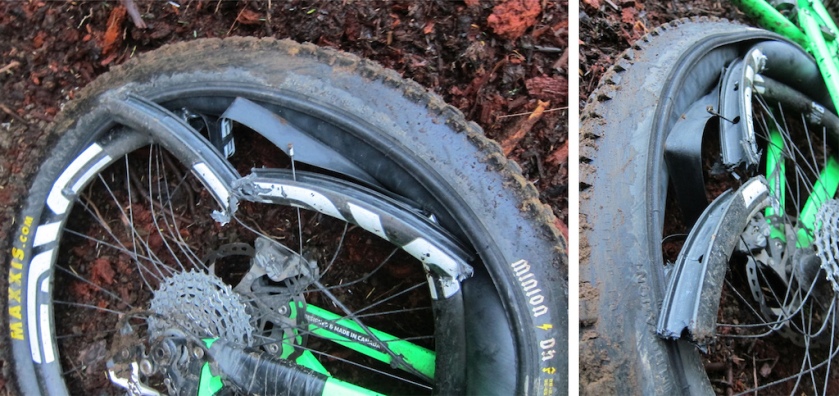
An example of a broken Carbon rim.
Finally, I just want to bring up one point. We must always remember that the MTB industry like any other industry is subject to marketing campaigns in order to sell their products. Companies like ENVE wheels cater to the higher end MTB client much like a Mercedes Benz or BMW car. You are paying a lot more for the quality of a product.
And did I crack my Carbon rims? Of course, I did (see image below). I rode consistently similar terrain for 1 year and I was sure that that my Carbon rims were bombproof until 1 day on Cypress when I heard a loud crack going over a loose rock. I had initially assumed I had burped the tire but on closer inspection, there was a big crack right through the entire rim. This was unexpected as I wasn’t going particularly fast and I had monitored my tire pressure before riding. Saying this, would I buy Carbon rims again? Definitely. The advantages offered by Carbon rims for my type of riding benefit me greatly. Will they break again? Probably. From my riding experiences, I’ve discovered that there are only 2 certainties in mountain biking. The first being that your dropper post will fail and the second that your carbon rims will crack.
On a side note, there are mechanics in the Lower Mainland that have the skills to rebuild a broken carbon rim for a fraction of the cost of a new rim. If you live in the Lower Mainland and require a contact to rebuild a Carbon rim, feel free to message me.



The broken rim (left) and 2 images of the repaired rim.
Special thanks: Brock Fisher, helping with editing and revision.
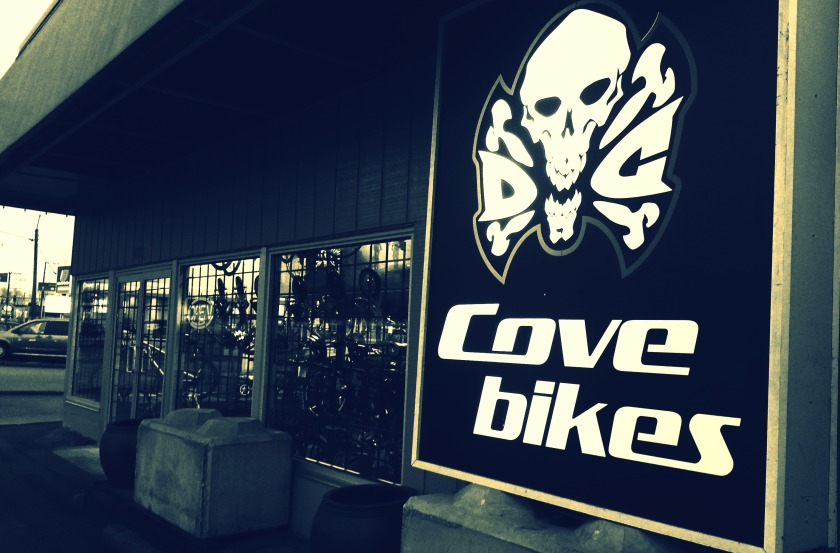
Special Thanks to Jordan, Chaz and all the staff at Cove bikes for the wheelbuild and service.
For additional articles/reviews by this author, click on the following:
Santa Cruz Carbon bicycles:
https://thebikingbuddah.wordpress.com/2014/10/16/he-carbon-craze/
Devinci Spartan test ride:
https://thebikingbuddah.wordpress.com/2014/10/20/devinci-spartan-test-ride-enduro-craze/
Night riding (lumens):
Sugoi RSX Neoshell rain jacket:
https://thebikingbuddah.wordpress.com/2014/11/26/sugoi-rsx-neoshell-jacket-windcoldrain/
Santa Cruz Nomad – my custom build:
https://thebikingbuddah.wordpress.com/2015/01/08/2015-santa-cruz-nomad-custom-build-first-look/
Santa Cruz Nomad – 3 month review:
https://thebikingbuddah.wordpress.com/2015/03/17/2015-custom-santa-cruz-nomad-3-month-review/
Spring and Summer TLD riding gear:
https://thebikingbuddah.wordpress.com/2015/04/29/spring-and-summer-tld-riding-gear/
If you still want more, click below to see my Video home page:
